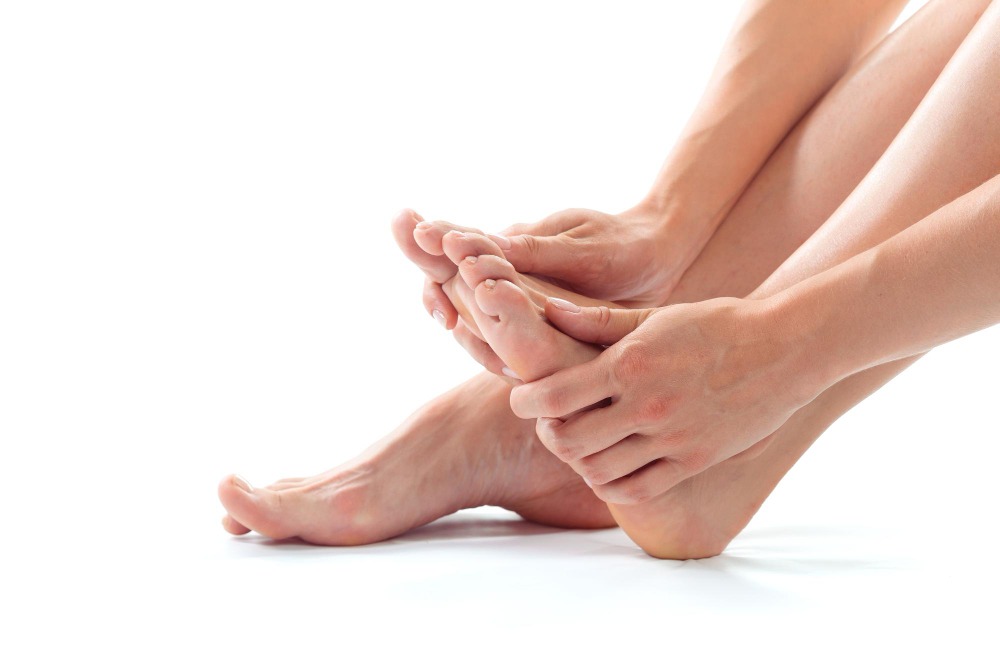Grierson-Gopalan Syndrome, often abbreviated as GGS, is a medical rarity that has puzzled healthcare professionals and researchers alike due to its extreme scarcity. This complex and enigmatic condition, named after the pioneering doctors who first documented it, Dr. I. D. Grierson and Dr. Ravindra Gopalan, presents a distinctive array of symptoms, primarily affecting craniofacial development, limb structure, and dental health. In this comprehensive guide, we embark on a journey to unravel the mysteries surrounding Grierson-Gopalan Syndrome, exploring its symptoms, genetic factors, diagnostic approaches, and the supportive therapies that can enhance the lives of those affected by this unique condition. Join us in shedding light on this extraordinary medical phenomenon and the hope it holds for future research and treatment.
Exploring Grierson-Gopalan Syndrome
Grierson-Gopalan Syndrome (GGS) remains a medical enigma, with its extreme rarity posing significant challenges for diagnosis and understanding. This section delves deeper into the complexities of GGS, shedding light on its historical context, symptoms, genetic factors, and the intricacies surrounding its diagnosis and treatment. By exploring the depths of this rare condition, we aim to contribute to the growing body of knowledge about GGS and its impact on those who experience it.
Understanding the Rarity
Grierson-Gopalan Syndrome (GGS) stands as a medical enigma due to its extreme rarity. This condition affects only a small number of individuals worldwide, making it a formidable challenge for the medical community. The scarcity of cases has contributed to the intrigue surrounding GGS, prompting further research to uncover its mysteries.
Historical Perspective
The historical journey of Grierson-Gopalan Syndrome is fascinating. It was named after Dr. I. D. Grierson and Dr. Ravindra Gopalan, who first documented the condition in the early 1980s. Since then, researchers and healthcare professionals have been working diligently to understand this unique syndrome better.
Grierson-Gopalan Syndrome Symptoms
Grierson-Gopalan Syndrome (GGS) manifests a unique constellation of symptoms that set it apart as a distinct medical condition. From craniofacial anomalies that shape one’s appearance to limb abnormalities that impact mobility, and dental issues that affect oral health, GGS presents a complex clinical profile. This section delves into the specific symptoms and characteristics that define GGS.
Craniofacial Anomalies
One of the distinctive features of GGS is its impact on craniofacial development. Individuals with GGS often exhibit craniofacial anomalies, which may include facial asymmetry and unique facial features. These characteristics contribute to the diagnostic criteria for GGS.
Limb Abnormalities
GGS can also manifest in limb abnormalities, impacting the structure and function of hands and feet. These limb anomalies can vary in severity, affecting mobility and daily activities.
Dental Issues
Dental problems are another common aspect of GGS. Individuals with this syndrome may experience dental anomalies such as missing teeth or irregular dental development, necessitating specialized dental care.
Causes and Genetic Factors
Understanding Grierson-Gopalan Syndrome (GGS) requires a closer look at the genetic underpinnings that contribute to its development. GGS is primarily attributed to genetic mutations, yet the precise genes involved and the mechanisms behind these mutations remain subjects of ongoing research. Uncovering the genetic factors at play not only enhances our understanding of GGS but also holds the potential to guide future diagnostic and therapeutic advances.
Genetic Mutations
Grierson-Gopalan Syndrome is primarily attributed to genetic mutations. However, the specific genes involved and the mechanisms triggering these mutations remain subjects of ongoing research. Identifying the genetic underpinnings of GGS is essential for improved diagnosis and potential targeted treatments.
Inheritance Patterns
Understanding the inheritance patterns of GGS is crucial for affected individuals and their families. While GGS is a rare condition, knowledge about its hereditary nature can guide genetic counseling and family planning decisions.
Diagnosis and Medical Evaluation

Diagnosing Grierson-Gopalan Syndrome (GGS) presents a unique set of challenges due to its extreme rarity and diverse array of symptoms. Healthcare professionals rely on comprehensive clinical assessments that encompass physical examinations and reviews of medical history to identify characteristic features associated with GGS. Additionally, genetic testing plays a pivotal role in confirming the diagnosis and pinpointing specific genetic mutations linked to the syndrome.
Clinical Assessment
Diagnosing GGS typically involves a comprehensive clinical assessment. Medical professionals rely on physical examinations and reviews of medical history to identify characteristic features and symptoms associated with the syndrome. While GGS may not always present with overt symptoms, its distinct clinical characteristics aid in the diagnostic process.
Genetic Testing
Advancements in genetic testing have significantly impacted the diagnosis of rare conditions like GGS. Genetic tests can pinpoint specific genetic mutations associated with the syndrome, enhancing diagnostic accuracy and facilitating genetic counseling for affected individuals and their families.
Grierson-Gopalan Syndrome Treatment
Multidisciplinary Care
Managing GGS requires a multidisciplinary approach involving specialists in genetics, orthopedics, dentistry, and other relevant fields. Coordinated care ensures that individuals with GGS receive comprehensive treatment addressing their specific needs.
Supportive Therapies
While there is currently no cure for GGS, supportive therapies can improve the quality of life for affected individuals. Physical and occupational therapies may help address limb abnormalities and enhance mobility. Dental interventions can address oral health issues associated with GGS, offering relief and improved dental function.
Is Grierson-Gopalan Syndrome Serious?
Grierson-Gopalan Syndrome is indeed a serious medical condition, primarily due to its impact on craniofacial development, limb structure, and dental health. The severity of the syndrome can vary among individuals, with some experiencing more pronounced symptoms and challenges than others. Early diagnosis and a multidisciplinary approach to care are essential for managing the condition effectively and addressing its potential complications.
Can Grierson-Gopalan Syndrome Be Cured?

As of now, there is no known cure for Grierson-Gopalan Syndrome. However, ongoing research into the genetic underpinnings of the syndrome holds promise for future treatments. While a cure may not yet be within reach, supportive therapies and multidisciplinary care can significantly improve the quality of life for individuals living with GGS.
Grierson Gopalan Syndrome B12
Vitamin B12 deficiency is not directly associated with Grierson-Gopalan Syndrome itself. However, individuals with GGS may require specialized nutritional support, including vitamin B12 supplementation, to address any nutritional deficiencies that may arise due to their unique dietary needs or dental issues associated with the syndrome.


